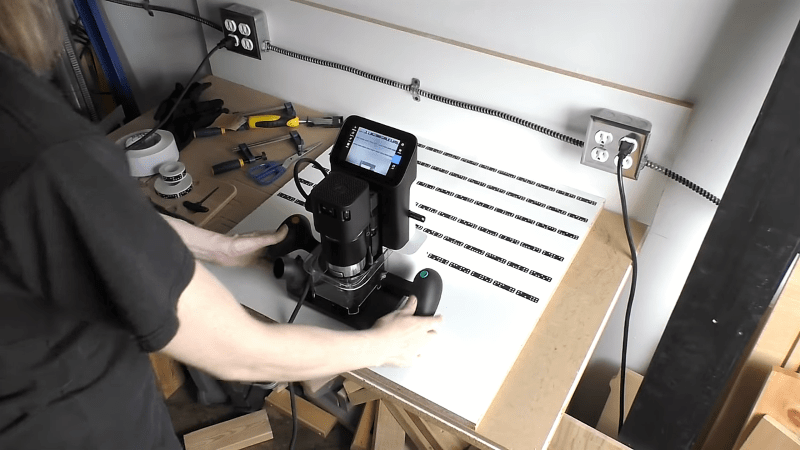[Fran Blanche] is on the team of elite hackers that has been offered a chance to contribute to [Adam Savage]’s Project Egress, a celebration of the engineering that got humanity to the Moon 50 years ago this month. By the luck of the draw, she landed a great assignment: building a replica of one of the fifteen latches that kept the Apollo Command Module hatch dogged down against the vacuum of space, and she’s doing a great job documenting her build with some interesting videos.
The first video below is mostly her talking through her design process, materials choices, and ideas about fabricating the somewhat intricate pieces of the latch. All 44 makers involved in the project get to choose what materials and methods they’ll use to make their parts, and [Fran] decided to use wood. Her first inclination was to use oak and brass, a nice combination with an 80s vibe, but in the second video, which covers more of the initial fabrication, she explains her switch to walnut. Unfortunately, the only CNC option she has is a Shaper Origin, which presents some difficulties; the handheld tool requires some complicated fixturing to safely machine the small parts needed, and its inability to read STL files means that [Fran] is stuck with a complicated software toolchain to drive the tool.
There are more videos to come as [Fran] gets further into the build, and we’re looking forward to seeing how her part and the rest of the makers’ builds come out.
















on a team of elete hackers like Autodesk, microsoft and Kennedy high school (eagles rule!) I cant wait for the endless free content this thing is going to generate ove the next eon
The Shaper Origin looks like such a cool tool, it is still unobtainium outside of the US though… they even make you check a box on the US website’s ordering form, to confirm you’re not going to use it anywhere else in the world, so you don’t export it yourself… :-/
This surprised me and at first I thought it was another case of McMaster-Carrism but after checking their FAQ I can see their reason about not yet having international voltages sorted out, and certification for international use even less so. I do hope they persist with that though, it’s is indeed a cool tool.
So the spindle motor runs directly with 110V AC? I wouldn’t have expected that.
Probably not directly as it’s surely controlled by the CNC logic. Presumably their switcher can’t handle 220+ V (a lot of them can without the slightest problem) but I don’t know. Here’s their explanation: https://support.shapertools.com/hc/en-us/articles/115002741333-Why-aren-t-you-shipping-internationally-
They could really just sell the 110V version and a seperate suitable transformer for us europeans.
I have one, and it is a cool tool. I think they were acquired by TTS Tooltechnic Systems the German Company that owns Festool, I would assume it will only improve the international effort.
I met a guy demoing one at Make Munich (Germany) a few months ago. He was in the final stages of figuring out how to sell them here.
If NASA keeps up with releasing data like this… crowdsource a complete CM and CSM, but built with the proper materials to build a functional spacecraft. Even better would be to upgrade them with current technology.
Everything NASA does and has done is already out there and public domain. It’s part of their mission. They are a publicly funded science organization. Nothing is secret or classified. There’s no “data release” here. A talented team of makers 3D scanned the hatch and remodeled it for this group project.
Name one mechanical project that Dave has ever completed.